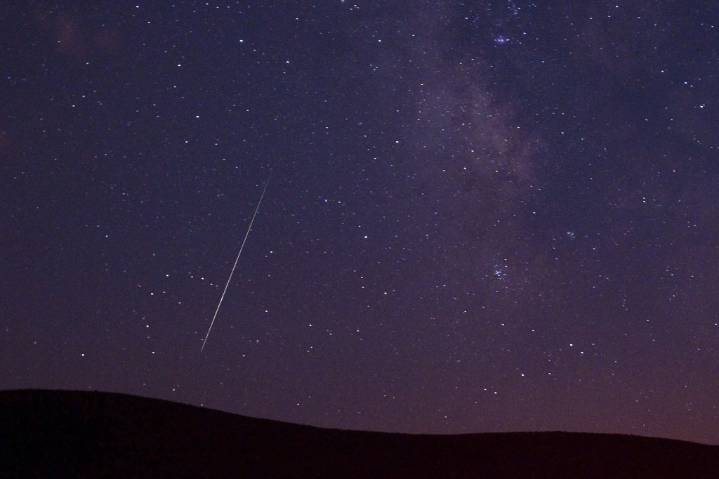Weather permitting, the annual Perseid meteor shower can best be seen this week when the Earth speeds through, as it does at this time every year, a swarm of rubble left in the wake of Comet Swift-Tuttle.
The particles in the swarm are called meteoroids, and are about the size of sand grains but extremely fragile with the consistency of cigarette ash.
The Perseid particles enter the Earth’s atmosphere at incredibly high speeds of around 35 miles per second at altitudes of 40 to 80 miles, and the resulting air friction incinerates them, creating glowing trails called meteors.
The velocities of Earth and the swarm combine to make the meteors appear to radiate from the constellation Perseus.
In 1861, American astronomer Daniel Kirkwood (1814-1895) correctly explained that the particles, w

 Delaware County Daily Times
Delaware County Daily Times

 East Idaho News
East Idaho News WCVB-TV Boston
WCVB-TV Boston USA TODAY National
USA TODAY National America News
America News CBS News
CBS News NECN Entertainment
NECN Entertainment Raw Story
Raw Story AlterNet
AlterNet NECN Politics
NECN Politics Post Register
Post Register NBC Bay Area Entertainment
NBC Bay Area Entertainment